As we embrace a new year, it’s an opportune moment to reassess and refine your organization’s marketing strategies. Whether you’re a seasoned professional or a newcomer, a well-structured marketing plan should always be within arm’s reach. It serves as the linchpin for your content, forming the backbone of your marketing department’s activities.
In this article, we will delve into the essential steps and considerations involved in constructing a marketing plan that captures attention and drives meaningful engagement and results.
Understanding the Essence: What is a Marketing Plan?
A marketing plan is a dynamic document that outlines your organization’s approach to promoting products, services, and brand to a target audience. While the contents may vary, it generally encompasses a strategic overview tailored to your business goals.
The Crucial Why: Importance of Creating a Marketing Plan
A stellar product or service means nothing if it remains in obscurity. Crafting a tailored marketing plan is indispensable for achieving goals and maintaining a competitive edge in the marketplace. The process of research and planning not only illuminates the market landscape but also provides a roadmap for navigating the industry with precision.
In an evolving market, a well-constructed plan backed by research offers flexibility to adapt strategies, ensuring sustained success. Ultimately, a marketing plan is a key tool for achieving business objectives when executed with targeted and results-driven effort.
Building Blocks: What Should Your Marketing Plan Include?
Beyond the conventional elements like content calendars and business goals, a robust marketing plan should include the following:
- Thorough Analyses: Understand competitors, the overall market, and organizational assets.
- Measurable Business Goals: Goals aligned with overall business objectives.
- Identify Target Market: Develop buyer personas with well-researched insights. Align customer needs with selling proposition and brand values.
- Promotional Mix: Breakdown into categories like PR, social media, advertising, etc. Provide in-depth outlines for each category, including specific details.
- Measurement and Adjustment: Explain how each area will be measured. Integrate key performance indicators and tools for adjustments.
- Budget Information: Detail expenditure across all marketing channels.
Sharing the Vision: Who Should Read the Marketing Plan?
Communication is key, and marketing plans should extend beyond the marketing department. Upper-level management should be briefed to secure company-wide commitment. Sales teams, product development teams, and finance departments play pivotal roles in understanding and executing the plan. Accessible across internal communication channels, the plan ensures a shared understanding of organizational goals.
Timing Matters: When Should I Create a Marketing Plan?
Ideally, a marketing plan should precede any promotional activities. The research involved guides the organization’s efforts comprehensively. However, periodic evaluations and updates are wise, ensuring alignment with evolving industry trends.
In Conclusion: Beyond a Document, A Living Guide
In conclusion, marketing plans are not just documents; they are living guides adaptable to the ever-changing industry landscape. Success lies not only in crafting the strategy but integrating the plan into the fabric of the organization. While creating and implementing a marketing plan can be overwhelming, MARQUEE is here to help. Contact us at info@marqueecreatives.com or call 330.234.9396 to get started!





